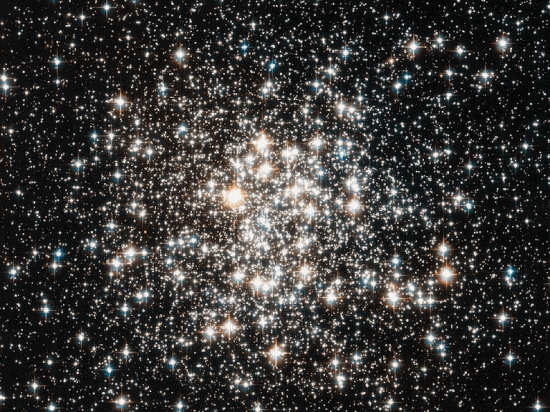May 3, 2013
How old are the stars?
Why are stars found where we find them? What causes them to form and how do they age? These questions are commonly asked by astronomers and philosophers alike. If the stars are born and die according to certain parameters, then a “clock” might be created that can gauge stellar events and establish a timeline.
NASA launched the Kepler Mission on March 6, 2009 with a Terrestrial Planet Finder (TPF) science package onboard. So far, most of the planets detected in orbit around other stars are gas giants, similar to Jupiter and Saturn. However, some of the newest discoveries seem to indicate planets approximately seven times the mass of Earth. It is thought that planets below that mass threshold are common but have escaped detection, so Kepler will monitor the sphere of stars within 1950 light-years, looking for planets as small as Earth.
Astronomers are also using Kepler to measure the brightness of various stars, which will enable an analysis of stellar oscillations. It will also develop a catalog of changes in brightness that are suggestive of changes in fusion reactions within the star. This technique is known as “astroseismology,” and is thought to provide a way for researchers to “see inside” remote stars. The name is derived from “helioseismology,” or the study of shock wave propagation through the Sun.
Currently, according to scientists, we can mark the exact age of our own Sun and no other star, because material from within the solar system can be brought to Earth and analyzed. As consensus viewpoints state, that makes it possible to use the Sun as a way to calibrate readings from other stars. Since scientists studying the Sun observed waves traveling through its interior like gigantic seismic impulses similar to those seen on Earth during an earthquake, they were dubbed “helioseismic waves.”
The helioseismic events on the Sun are thought to reveal behaviors deep within its interior. The changes in frequency and amplitude demonstrated by the waves are supposed to indicate the changes in fusion intensity or changes in elemental fusion processes in the Sun. Different elements begin thermonuclear fusion at different stages in a star’s life. By comparing those oscillations with the brightness readings from thousands of other stars, it is hoped that Kepler will provide clues to the age of the stars in our galaxy and in other galaxies.
As the Electric Universe model points out, astronomers are taking information found on Earth and transferring their conclusions onto objects in space. Building models of the Sun that depend on “acoustic waves” and an interior so dense that those waves travel through it as if it were a solid will only serve to darken the issue. NASA and ESO investigators are stacking a load of bricks on a pool of mud. There is no way that the incoming data will be supported by a theory based on sound waves and earthquakes.
As the Electric Star hypothesis reveals: “there is no reason to attribute youth to one spectral type over another. We conclude that a star’s location on the HR diagram only depends on its size and the electric current density it is presently experiencing…its age remains indeterminate regardless of its mass or spectral type. This is disquieting in the sense that we are now confronted by the knowledge that our own Sun’s future is not as certain as is predicted by mainstream astronomy. We cannot know whether the Birkeland current presently powering our Sun will increase or decrease, nor how long it will be before it does so.”
Stephen Smith













